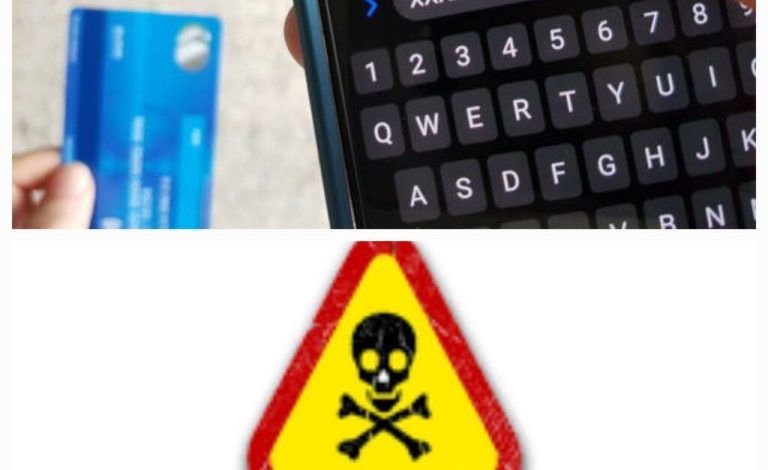How To Detect Fake Bank Alert

VERIFY THE SENDER’S INFORMATION
A legitimate bank alert will always have the bank’s name and logo, as well as the sender’s email address or phone number matching the bank’s official contact details. You can cross-check this information on the bank’s website or by calling the bank directly.
Fake bank alerts often have spelling errors, grammatical mistakes, and an informal tone. Genuine bank alerts are usually written in a professional and formal manner. Be wary of any alerts that ask for sensitive information like passwords or PIN numbers. Banks never ask for such information through alerts.
WATCH OUT FOR SUSPICIOUS LINKS
Fake bank alerts often contain links that install malware or redirect to fake websites designed to steal personal information. Before clicking on any links, hover over the link to view the URL and make sure it is a secure site. If you suspect a link is fake, do not click on it and contact the bank directly.
LOOK FOR INCONSISTENCIES
Fake bank alerts may have inconsistencies in the content or formatting that can help identify them. For example, a legitimate bank alert will have the account number and transaction details, while a fake alert may not have these details.
CHECK YOUR ACCOUNT BALANCE
If you receive a money transfer alert but your account balance doesn’t reflect the transfer, it’s likely a fake.
CHECK WITH THE SENDER TO CONFIRM THE TRANSACTION
If you receive a money transfer alert from someone you know, call or message them to confirm that the transfer was initiated by them.
CONFIRM WITH THE BANK
If you have any doubts about the authenticity of a bank alert, the best course of action is to contact the bank directly. Banks have customer support teams who can assist you in verifying the alert and provide information on any recent transactions.




